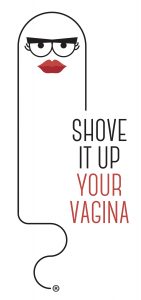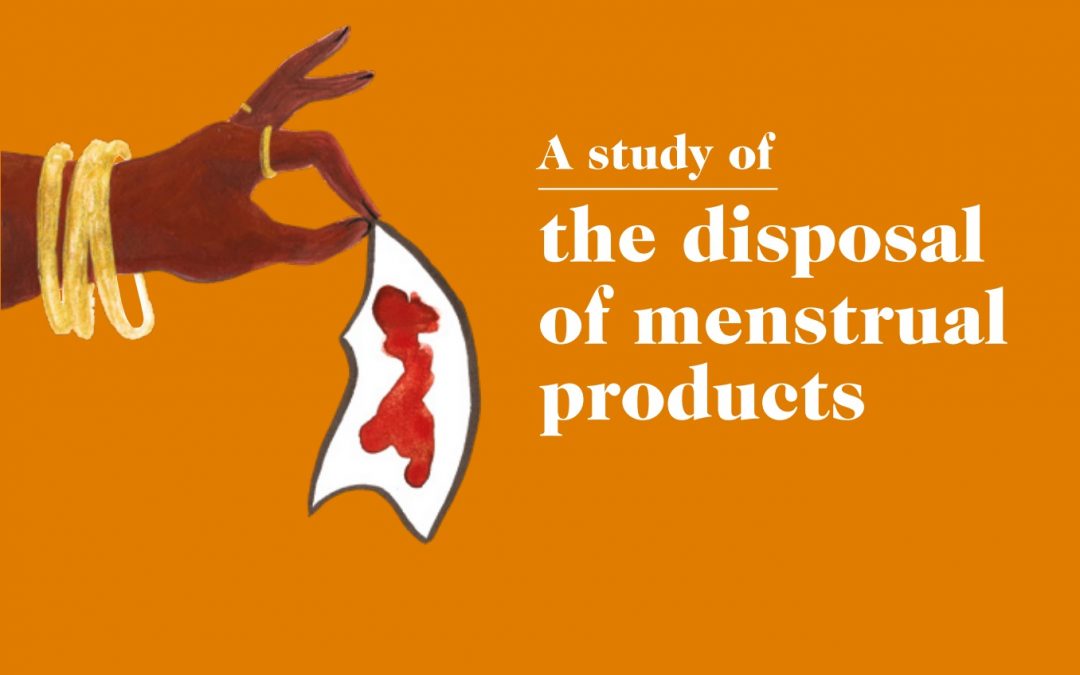Our PhD researcher Mariana Lopez Rodriguez discusses her research on “Gender-Environmental relations in Global Production Networks.”
In developing markets, intensive product marketing, international aid, NGO encouragement, and progressive popular media have started to challenge traditional menstruation management methods, resulting in significant gains in terms of sanitation and health. Increasingly more women are getting access to menstrual products[1] and don’t need to rely on cow dung, goat skin, sand, feathers, rags, etc.
With an expanding population and disposable income, hyper-growth of these products is a possibility, if not already a reality. However, this “solution” comes with a pressing new problem. These menstrual products are ending up in water supplies, burned with domestic waste, or left to be picked up by waste pickers who are exposed to biological material. As a result of prevailing social norms, lack of awareness, and inadequate facilities, these products are becoming an environmental threat.
To navigate this new reality and ensure Menstrual Hygiene Management is addressed sustainably and at scale, an important piece of information is needed: what factors shape women’s disposal of menstrual products?
This research project addresses the lack of understanding of the factors that shape women’s disposal practices of menstrual products in developing countries. Through a qualitative analysis of consumers and waste pickers in India this study seeks to understand the motivations behind women’s choice of products, the ways they use and dispose of them and ultimately, the consequences that these behaviours have for the environment. These findings are also being used to analyse how gender relations are an important driver of the environmental pressures that result from economic production.
This research brief summarizes the key findings of this study and gives recommendations for different stakeholders to address the disposal of menstrual products.
[1] In this report, the term “menstrual products” is used to refer to digital and applicator tampons, and synthetic pads, that are disposable or single-use. This study recognizes that not all individuals who menstruate identify as women. However, for the purpose of this brief all menstruators are referred to “as women and girls.” It must be noted that only female consumers were considered in this sample.

If you would like to know more please contact Mariana Lopez directly via email. Mariana is a PhD Candidate in Development Policy and Management and wrote this blog as part of her research on “Gender-Environmental relations in Global Production Networks.”

